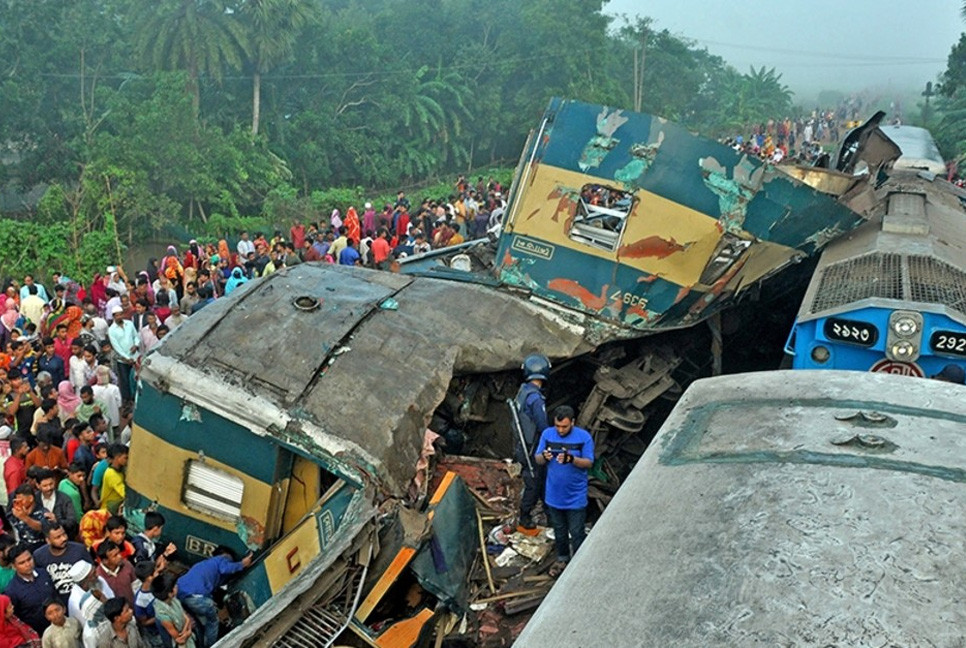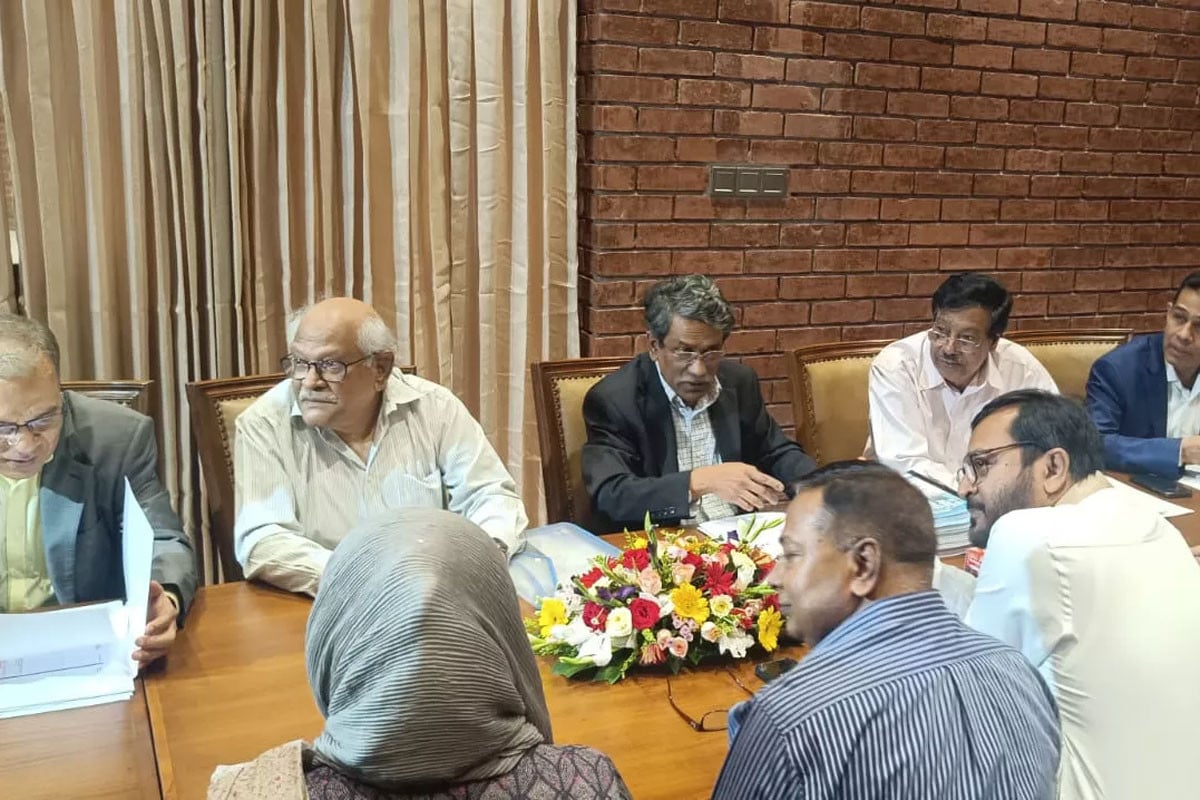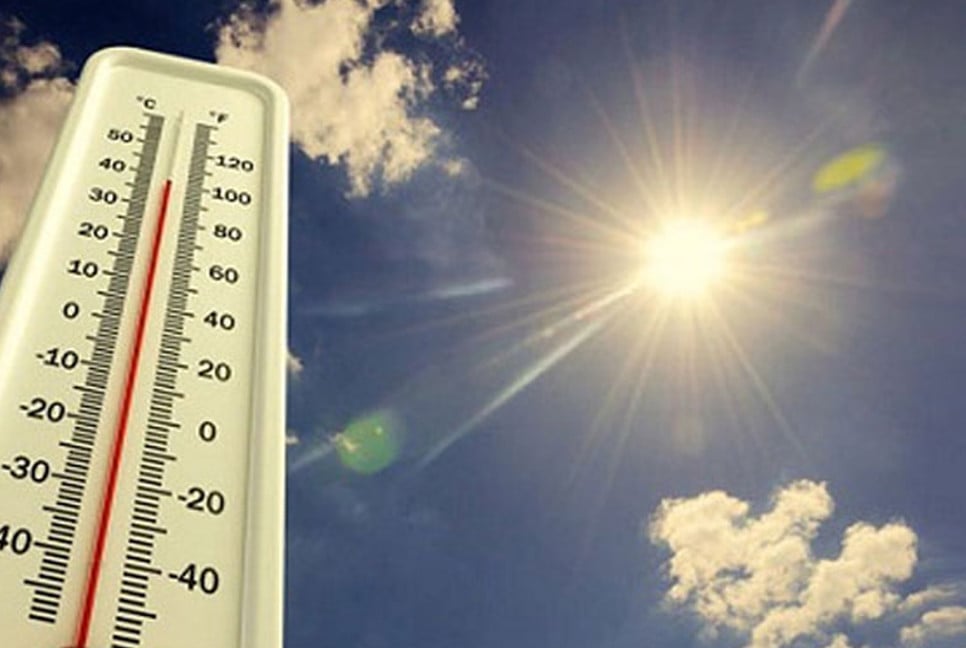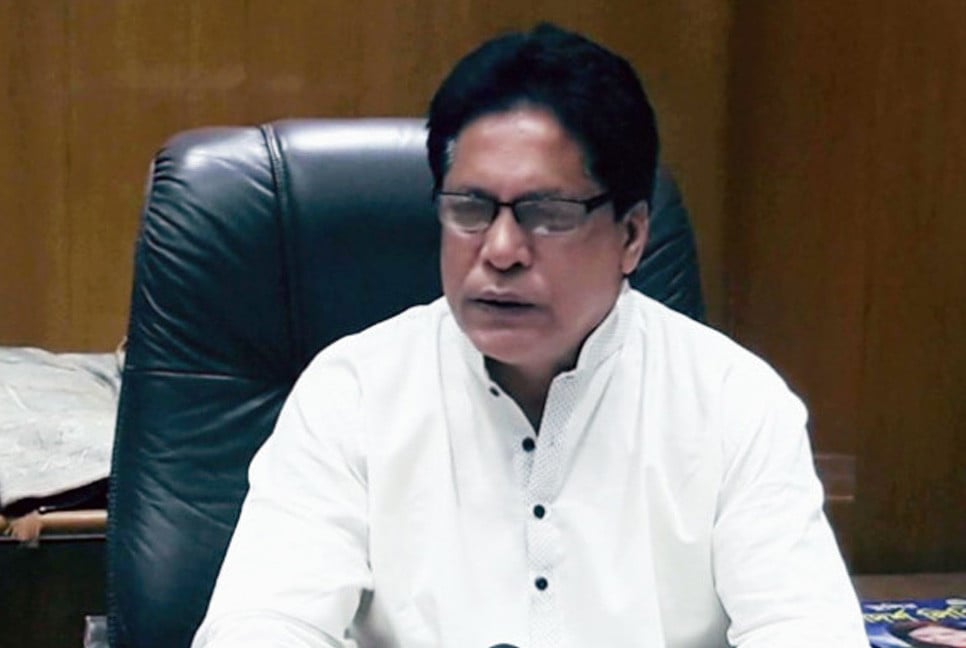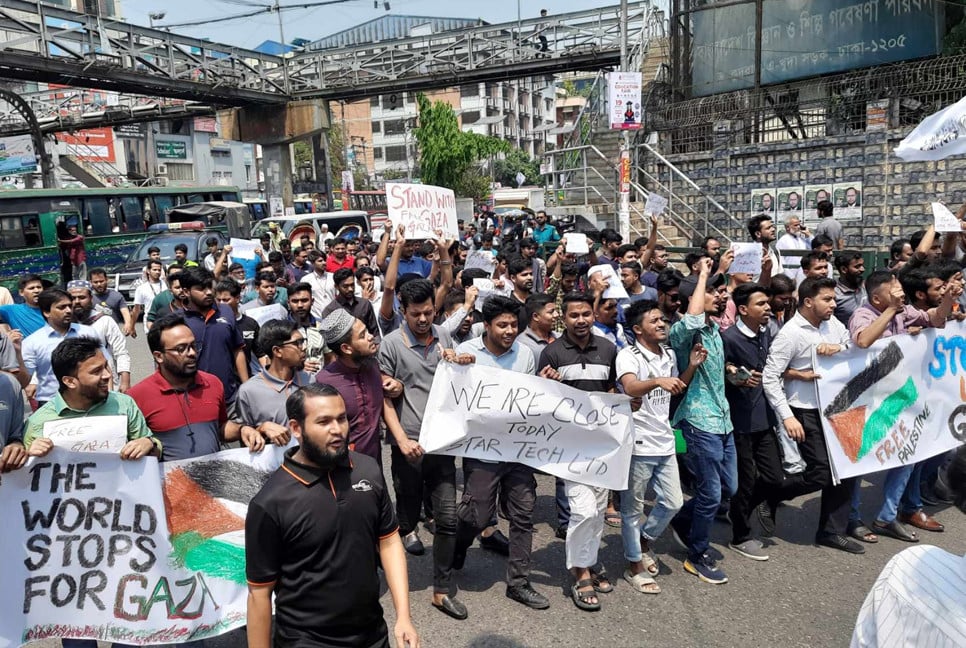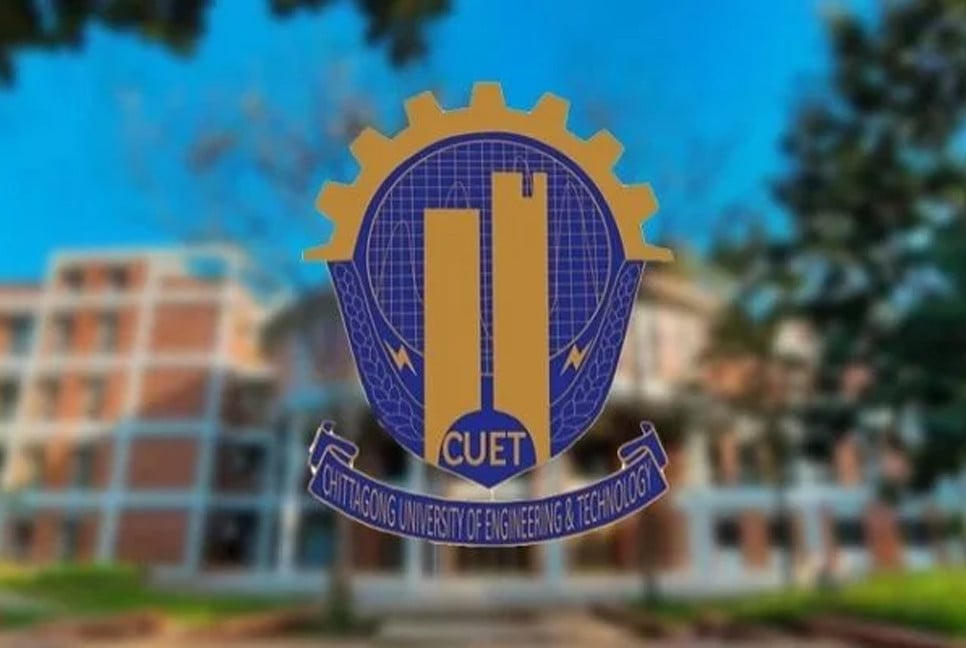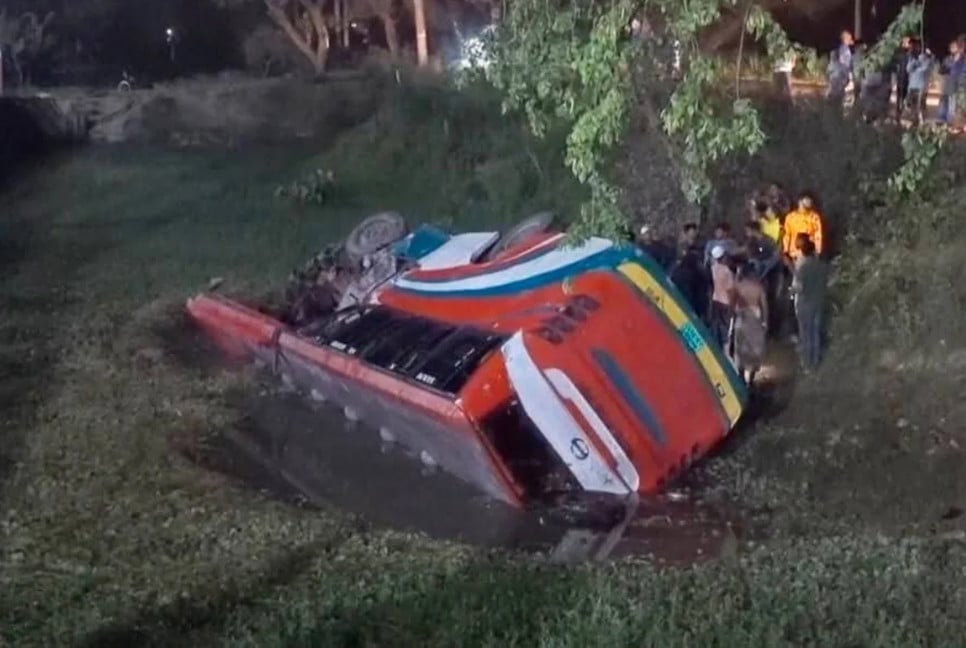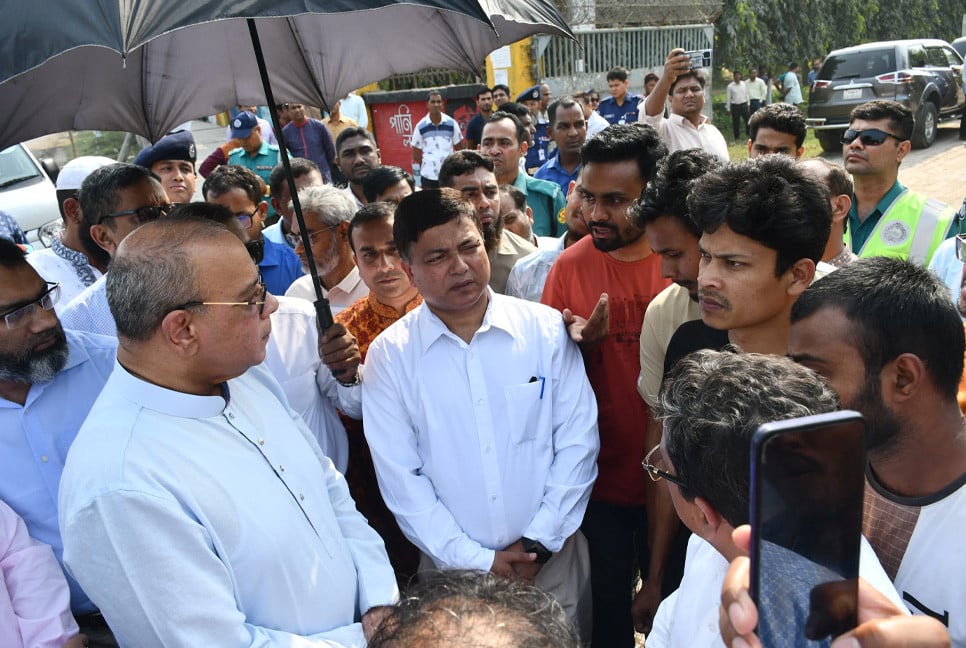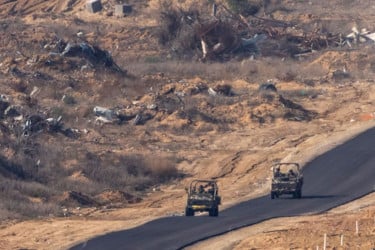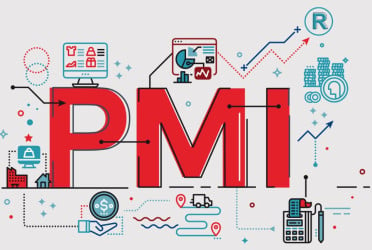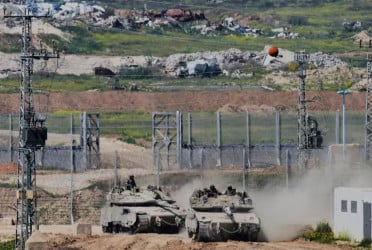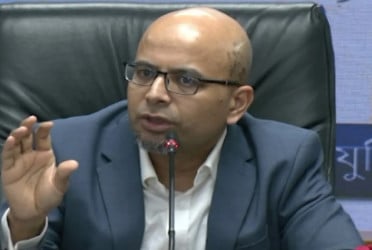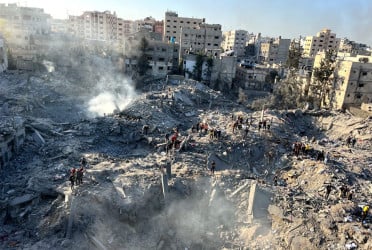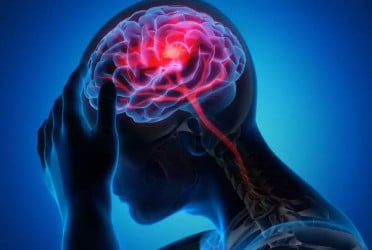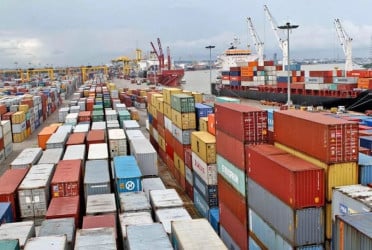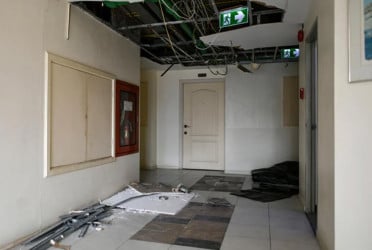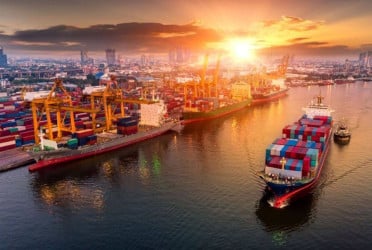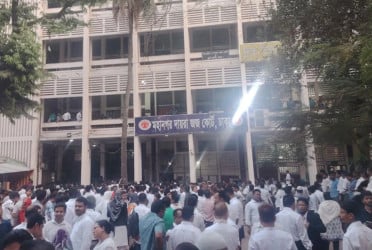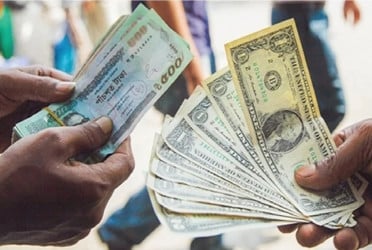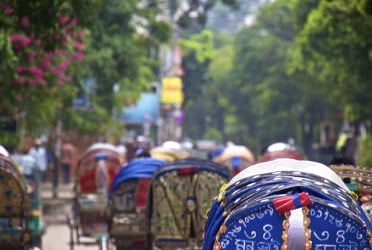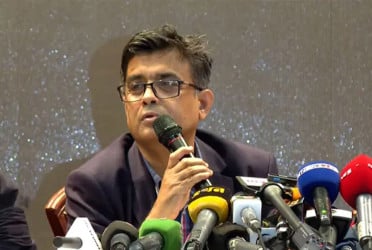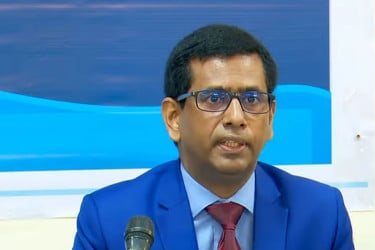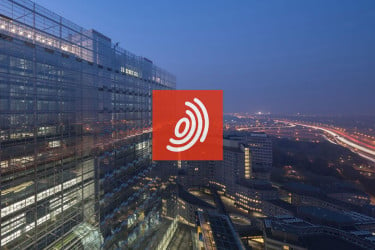A confidential report by the Special Branch of Bangladesh Police reveals eight districts – Moulvibazar, Kishoreganj, Brahmanbaria, Chattogram, Narsingdi, Tangail, Faridpur, and Chandpur – as high-risk zones for train accidents, citing aging infrastructure, faulty signals, and unauthorized level crossings as major contributing factors.
These districts account for the highest number of train accidents in the country, with Moulvibazar recording 19% of its rail tracks as accident-prone, Kishoreganj 18%, Brahmanbaria 22%, Chattogram 14%, Narsingdi 14%, Tangail 20%, Faridpur 2%, and Chandpur 13%, according to the report, titled “Mismanagement and Passenger Harassment in Railways,” which the media obtained a copy of.
The report was recently submitted to the Ministry of Railways.
While railways are generally considered a relatively safe mode of transport, the report emphasises that safety is heavily dependent on the railway signal system.
Data from the Road Safety Foundation reveal that 1,116 train accidents in the past six years resulted in 1,345 deaths and 1,302 injuries. Approximately 80% of these accidents stemmed from driver and station master negligence, derailments, and level crossing issues, with 63% attributed to risky tracks and weak bridges.
Major accidents in recent years
Several major train accidents in recent years have highlighted the dangers of poor railway infrastructure and operational lapses.
On 7 January 2025, a collision between the Madhumati Express and a microbus in Faridpur resulted in five fatalities and multiple injuries when the train crossed an unauthorised railway crossing. An investigation into a train accident in Moulvibazar in January 2024 found that faults in the signal system and human errors in manual signalling caused five deaths and multiple injuries. In October 2023, a freight train in Bhairab, Kishoreganj, ignored signals and entered the station, colliding with the intercity Egarsindhur Express, killing 22 people and injuring many others.
Similar incidents have occurred in other districts.
In November 2022, a railway accident in Brahmanbaria caused by signal failures and miscommunication left 15 dead and 150 injured. In December 2021, faulty railway infrastructure and lack of maintenance in Chattogram led to five deaths and 30 injuries. In June 2021, a train accident in Narsingdi occurred due to failure to follow safety protocols, killing seven and injuring over 40. In November 2020, a railway accident in Tangail caused by defective infrastructure and adverse weather conditions claimed 10 lives. In 2018, the Meghna Express heading to Chandpur caught fire due to overheating, and later that year, it collided with a local bus at the Sarsadi railway gate in Feni, killing five and injuring 45.
Main causes of train accidents
The Special Branch report identifies seven major causes of train accidents.
Ageing infrastructure is a significant factor, as many railway tracks, engines, and carriages are outdated. Defective railway tracks, old sleepers, and excessive train speeds contribute to frequent derailments.
Another issue is the railway signal system, where station masters often rely on manual PLC systems instead of automated signals, increasing the likelihood of human error.
Level crossings are another major concern, with hundreds of unauthorised crossings constructed without approval from railway authorities. Many of these crossings remain unguarded, leading to frequent accidents. Across the country, more than 80% of level crossings, both legal and illegal, remain unprotected. According to various sources, there are approximately 2,856 level crossings on the railway network, of which 1,495 are legal and 1,361 are illegal. Of these, 961 level crossings are completely unprotected, with no gatekeeper present. It is alleged that the Local Government Engineering Department (LGED), city corporations, municipal authorities, and union councils have constructed illegal level crossings without the approval of the railway authorities.
The condition of most level crossing gates is also deplorable. Makeshift repairs are being made to the basic gate bars, which are being lowered in any manner possible. Moreover, not all locations have a system in place to provide advance warning when a train is approaching. Informal settlements, markets, and other illegal structures have developed around the vicinity of these level crossings.
The problem extends to illegal roads built over railway tracks. Government agencies and local residents construct unauthorised roads, increasing accident risks. Many railway tracks are also used as market spaces, with pedestrians and vehicles frequently crossing unguarded tracks, leading to tragic incidents.
Negligence by railway authorities has further worsened the situation. Regular inspections are often overlooked, and officials fail to address safety concerns adequately. Theft of railway clips from tracks has also been linked to derailments, yet authorities have not taken strong measures to prevent such incidents.
Operational errors are another contributing factor. Many accidents have resulted from operator mistakes, failure to follow safety protocols, or inadequate training of railway personnel. The lack of well-trained staff further exacerbates the problem, putting passengers at risk.
How to enhance passenger safety?
To enhance passenger safety, the Special Branch report suggests several measures to improve railway infrastructure and reduce the risk of accidents.
One of the key recommendations is the replacement and maintenance of outdated railway tracks, which are currently in a hazardous state. Ensuring these tracks are in good condition would significantly reduce the chances of derailments and other mishaps.
Another crucial recommendation is the regular maintenance and upgrading of signal systems. The report highlights the importance of installing central traffic control (CTC) and computer-based interlocking (CBI) signal systems across various railway routes and stations. These modern technologies would enhance communication between train operators and station authorities, reducing the likelihood of human errors leading to accidents.
The report also stresses the urgent need to shut down unauthorised railway crossings.
Railways Secretary Md Fahimul Islam told the Daily Sun, “Unauthorised railway crossings are largely responsible for accidents. People are setting up illegal railway gates without our permission in whatever way they can. If an accident occurs at an unauthorised crossing, the railway cannot be held responsible. We do not have automatic signals in many areas. However, new projects are incorporating automatic signalling systems. We are working to improve railway crossings and the signalling system.”
Courtesy: The Daily Sun

